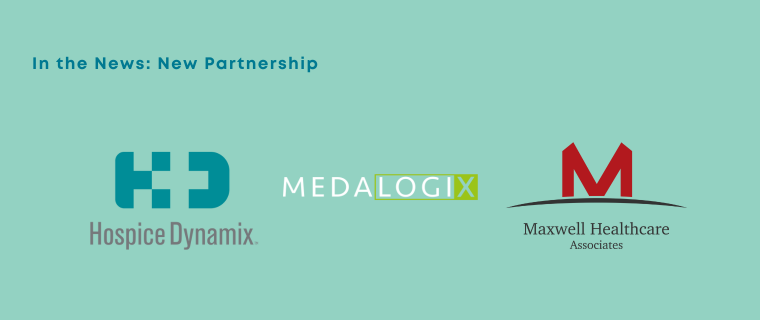Health Data Management: Home Care Technology Reduces Readmissions
OurTouchpopulation health management technology was featuredin thisarticle by Health Data Management! We’re excited to beinnovators inhome health and hospice technology and that predictive analytics in healthcareis getting more attention.
You can read the full article below, orclick here.
Population Health Market Forecast to Double by 2020
Driven by rising healthcare costs, alternative payment models, and the emergence of big data analytics, the global market for population health management will more than double over the next five years, growing from $14 billion in 2015 to nearly $32 billion by 2020.
That’s according to a new forecast from research firm Tractica, which estimates that about two-thirds of the population health management market consists of professional services, with software accounting for one-third of the market.
“As the healthcare system, particularly in the United States, transitions from one based on fee-for-service and volume of patients served to one based on value, improvements in patient health, and associated decreases in healthcare costs, more organizations will deploy population health management or expand their existing PHM programs,” says Charul Vyas, principal analyst at Tractica.
Vyas argues that healthcare payers, providers, and employers see PHM as a way to curtail healthcare costs by identifying at-risk patients, so that they can proactively intervene and engage them to realize both cost and overall health benefits. With aging populations and the need to better manage those patients with multiple chronic conditions, such as heart failure, respiratory illnesses, and diabetes, she believes these organizations will need to double down on managing that risk.
Also See:Carolinas Healthcare Taps Big Data for Patient Populations
From a technology perspective, Vyas sees the growth of big data analytics as a key enabler for population health management that provides actionable insights on patient care based on analyzing data from disparate sources. By applying analytics to big data such as medical histories and healthcare usage, she asserts that providers are able to stratify patients by risk to develop specific care plans resulting in better coordination and patient treatment.
“The findings from a population health management application may feed into an EHR that a physician or care coordinator can use,” according to Vyas. “There’s also some automation around care plan development and data management as they bring in data from new sources. A lot of it is predictive analytics.”
One such company in this space is Medalogix, a Nashville-based home health analytics vendor. The company’s Touch is a population health management solution that specifically analyzes home health clinical data to identify patients who are at the greatest risk for hospital readmissions.
Touch leverages a customized predictive model to generate patient risk ranking using real-time EHR data, enabling clinicians to view which patients are most at risk for transferring off census before their 60-day care episode completes and which patients would benefit from an additional care episode.
“The model is highly predictive in being able to identify patients that have elevated probabilities of hospital readmission and helping home health care agencies reduce that risk,” according to Dan Hogan, CEO of Medalogix. “You will start seeing large swaths of budget dedicated to the acquisition of predictive tools like this, especially in large hospital systems.”
Related Blogs

MHA, Hospice Dynamix, and Medalogix Announce Partnership
SHOREVIEW, MN, February 20, 2024 — Maxwell Healthcare Associates (MHA), ...

Announces Release of Pulse Referrals & Admissions Modules Backed by Generative AI
Pulse modernizes admissions workflows with proprietary documentation imp...
Amedisys Finds Answer Key in Medalogix Pulse
Amedisys Expands Home Health Clinical Episode Management Partnership wit...


